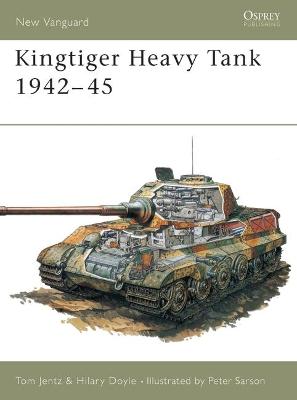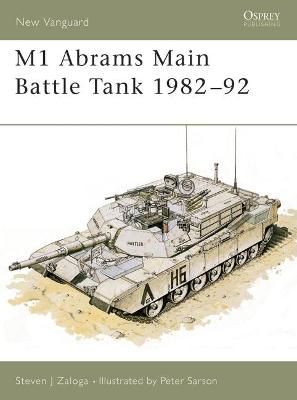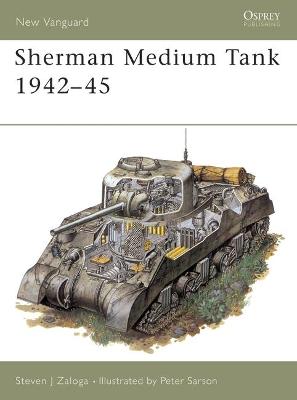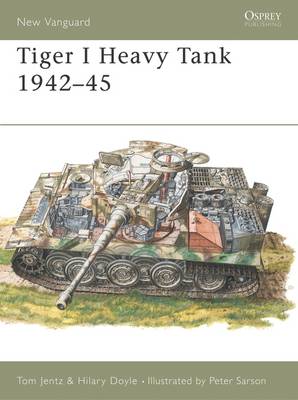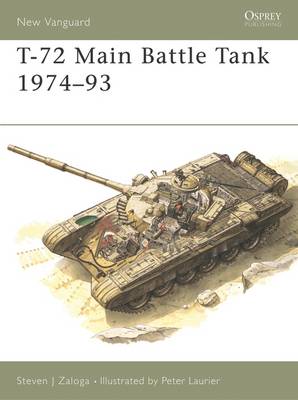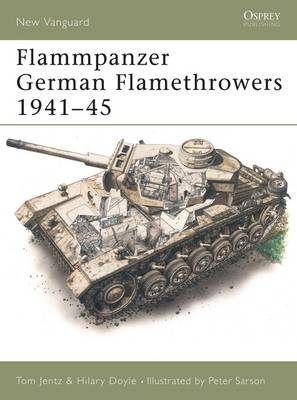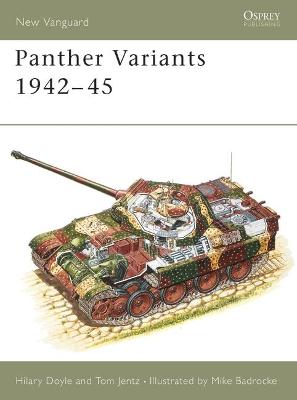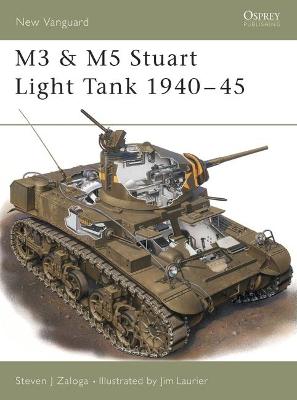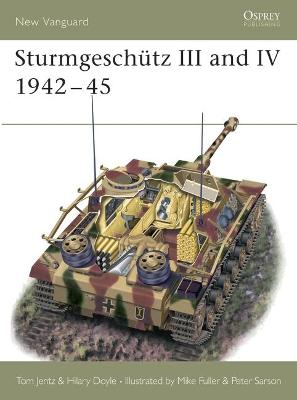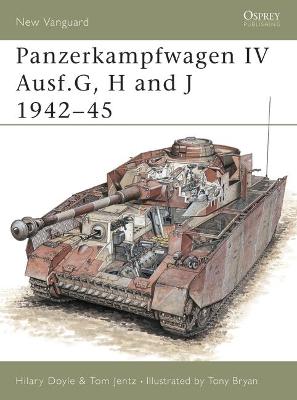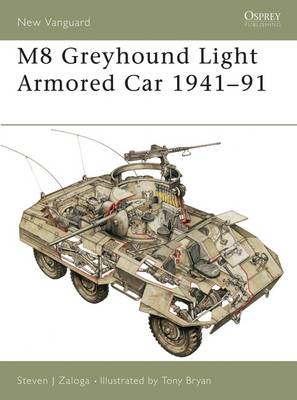Osprey New Vanguard S.
15 primary works
Book 1
Kingtiger Heavy Tank 1942–45
by Thomas L. Jentz, Hilary L. Doyle, and Peter Sarson
Book 2
Book 3
Book 5
Book 6
Book 7
Book 15
Flammpanzer German Flamethrowers 1941-45
by Thomas L. Jentz and Hilary L. Doyle
Book 19
Sturmgeschutz III Assault Gun 1940-42
by Hilary L. Doyle and Thomas L. Jentz
Book 20
Book 22
Book 32
Book 33
Book 37
Book 39
Panzerkampfwagen IV Ausf.G, H and J 1942-45
by Hilary L. Doyle and Thomas L. Jentz
Book 53
